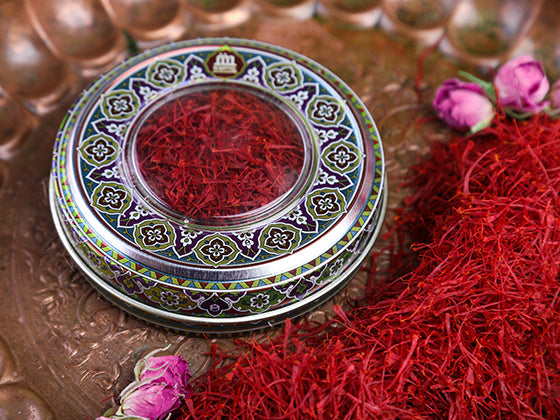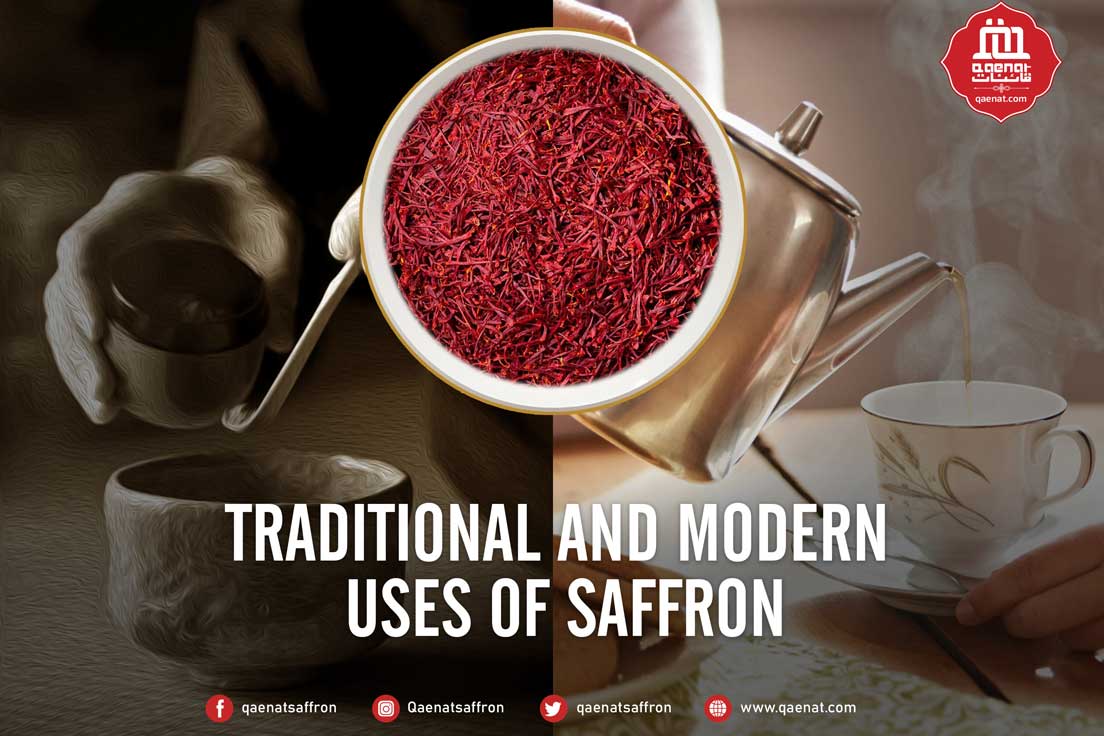Saffron was used as a medicinal plant in ancient times; whether eye disorder, skin, respiratory, digestive or any other genitourinary tract disorder, it was used as a general tonic. However, the medicinal portion of Saffron derives from the dried stigmas of the plant. It takes around 100,000 flowers to make one kilogram of pure dried Saffron. This is how it is one of the expensive spice and medicine throughout history.
In this article, you will get to know about Saffron’s traditional and modern uses in different parts of the world.
Traditional Uses of Saffron
In ancient Rome, people used Saffron in treating coughs and also add it to wine to prevent a hangover. Moreover, Romans believed that it has styptic and soothing properties; that’s why they used it to treat eye disorders like a painful eye, purulent eye infections, corneal disease and cataracts, earache, toothache, and ulcers (skin, mouth and genital tract).
Similarly, In Traditional Iranian Medicine (TIM), Saffron is popular for its prescribed under the following health conditions:
- Invigorating the body
- Strengthening the senses
- Elevating the mood
Back in the days, it treated diseases like
- Swellings
- Headaches
- Treating Insomnia
- Curing eye diseases
- To treat chronic diseases.
- Strengthen the respiratory system.
- strengthens liver and stomach.
- To lower the appetite.
- As a diuretic to clean the kidneys and bladder
- To regulate the menstrual cycle.
- Help in labour as an aphrodisiac.
- Externally, ground saffron was significant to prevent bleeding.
In India, Saffron is the main ingredient in Ayurvedic medicines. Because of its immune stimulant and aphrodisiac properties, that.
Saffron Treat Diseases like;
- Cardiotonic
- Liver tonic
- Nervine tonic
- Carminative
- Diaphoretic
- Diuretic
- Emmenagogue
- Galactagogue,
- Anxiolytic
- Sedative
Modern Uses of Saffron
Likewise traditional uses, in today’s world of technology several research pieces show the daily uses of Saffron. Evidently, modern clinical researches have confirmed all the following effects and uses of Saffron:
Anti-depressive Effects
Saffron has anti-depressive effects against placebo and the synthetic antidepressants fluoxetine, imipramine and helps cure all such diseases.

Emotional Balance
Likewise traditional uses, in the modern world people use Saffron as an emotional balancer to improve well-being and mood.
Anti-Inflammatory Effects
In addition to antibacterial properties, Saffron has anti-inflammatory effects which help in curing several health disorders.
Lowers Blood Pressure
Additionally, Saffron helps in lowering blood pressure that ultimately reduces the risk of heart-related diseases.

Protect from Chronic Diseases
Moreover, Saffron is rich in such compounds that fight inflammation. In the human body, inflammation occurs when any foreign substance attacks the human body. And these long-term inflammations can further lead to chronic diseases.
Further, some, antioxidants in Saffron fight against these foreign substances and protect the body from chronic diseases. The antioxidants in Saffron protect the body from chronic diseases by fighting against the compounds.
Consequently, we have seen the wonders of saffron in the modern world and its uses in the cosmetic industry. It is a well-known ingredient in nurturing skin, making it blemish-free and radiant. Because of its anti-inflammatory properties, Saffron is also beneficial in treating acne, breakouts, and skin cleaning.





